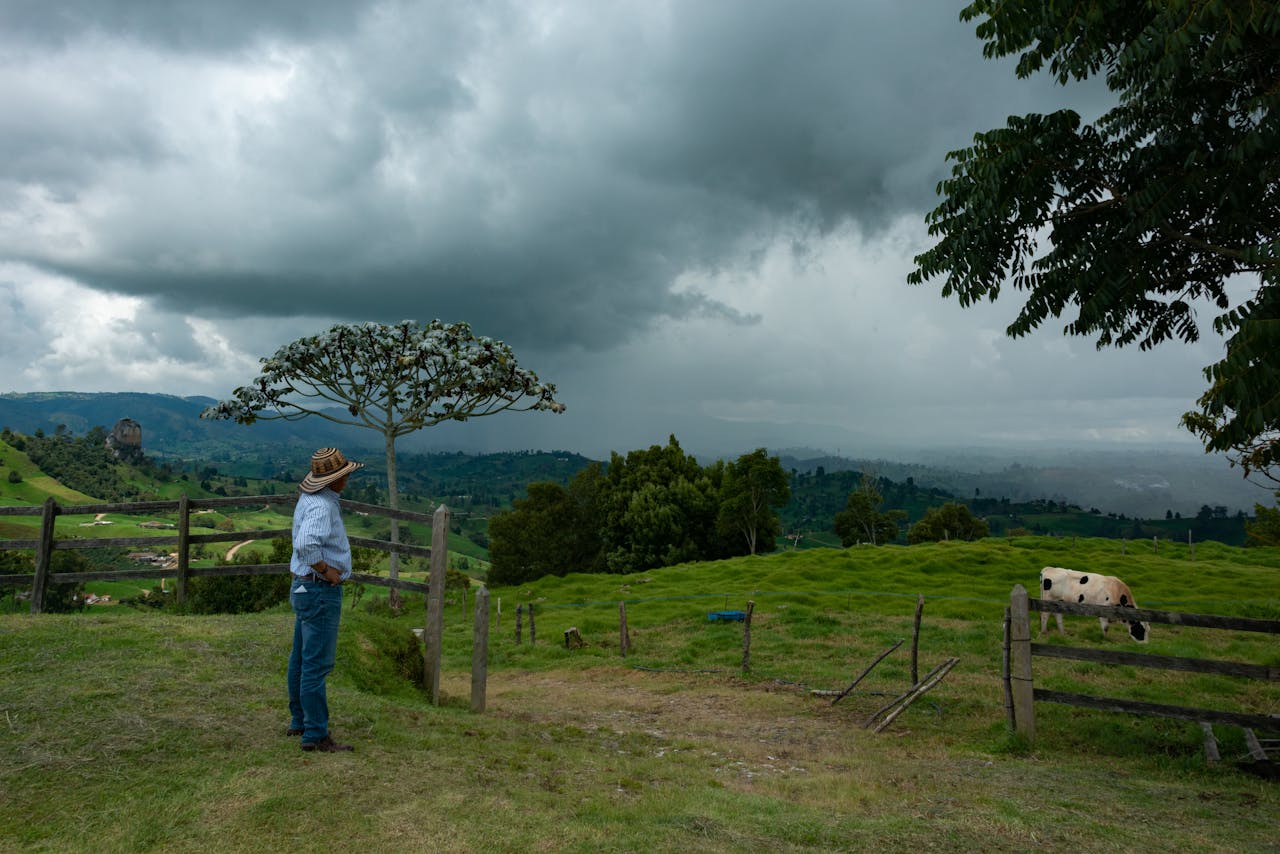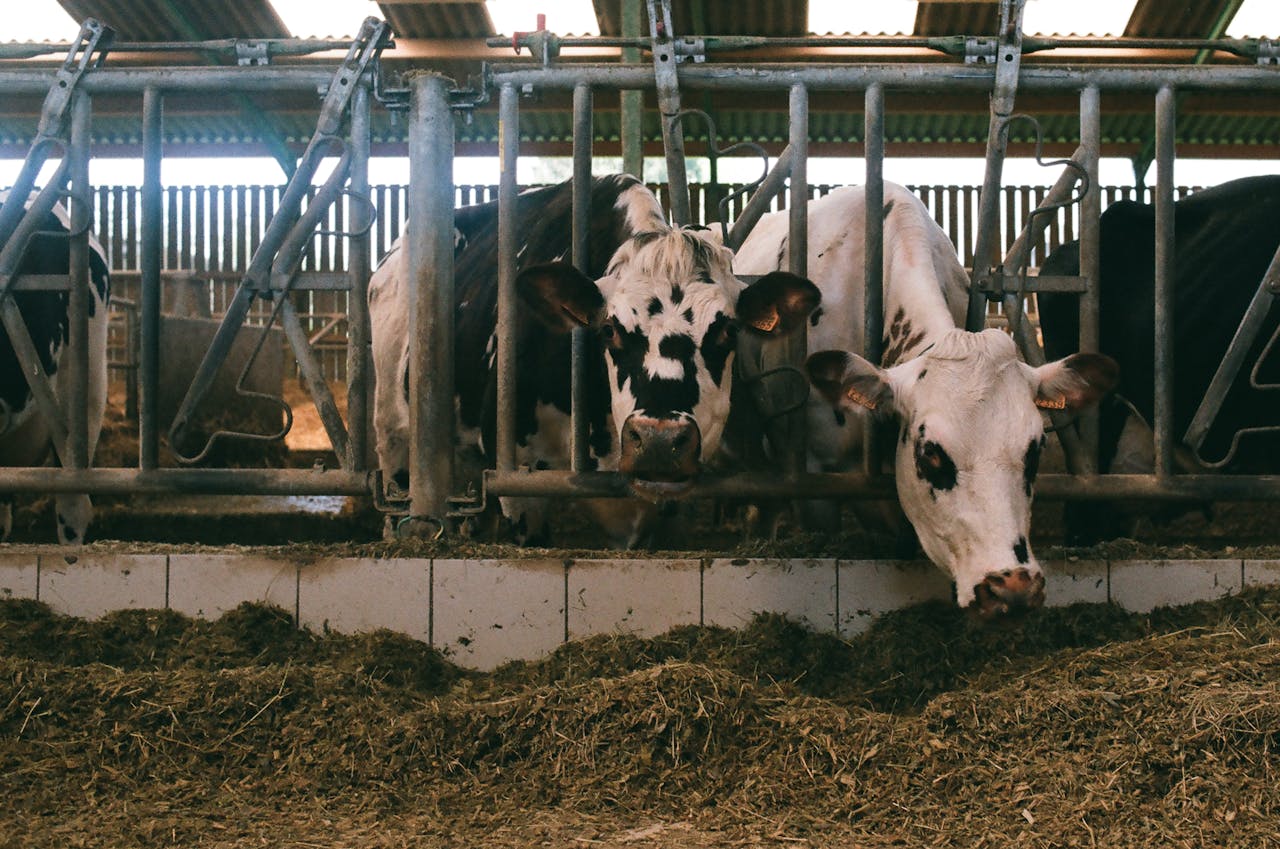Fisheries management measures and mounting climate impacts are tightening global supplies of fishmeal and oil, driving urgent demand for alternative feed ingredients to sustain aquaculture growth.
While the sector has grown considerably in recent years, it is being challenged by feed constraints, researchers warn, which are likely to disappear.
Fishmeal supply risks rise
A study in the publication Nature highlighted the erratic availability and cost of fishmeal and oil from wild forage fish. The research, carried out by scientists from Xiamen University, China; University of Tasmania, Australia; and the Universities of Massachusetts and Arizona, USA, said limited attention had been given to the risks that forage fish shortfalls pose to aquaculture feed supplies.
Shortfall impact model results
The scientists developed a shortfall impact model to investigate the effects of various forage fish supply scenarios on global fed aquaculture.
Key Findings
The results suggest fisheries management interventions and persistent climate impact could reduce forage fish catches by 4.5% to 19.4%, resulting in an 8% to 35.2% decline in fed aquaculture production. Countries cultivating carnivorous species and leading aquaculture-producing nations are most affected, the study said.
Alternative ingredients essential
To sustain production, 1.8m tonnes of alternative ingredients annually will be required, highlighting the urgent need for cost-effective alternatives to ensure resilience.
Expert perspectives
Lead author Professor Ling Cao of Xiamen University said the findings represent a “practical moment to secure feed supply and unlock new value streams. Treating fishmeal and fish oil as strategic, finite resources, while accelerating alternative innovations, can help sustain aquaculture growth and reduce exposure to supply variability.”
Co-author Professor Kevin Fitzsimmons, from the University of Arizona, added that while aquaculture had already improved its efficiency in using fishmeal and oil, further progress would come from expanding supply options and advancing technologies and circular resource use.

